Childrens Law Center Of California
$50,000.00 through 4/30/25
APPLA Youth & Youth Voice
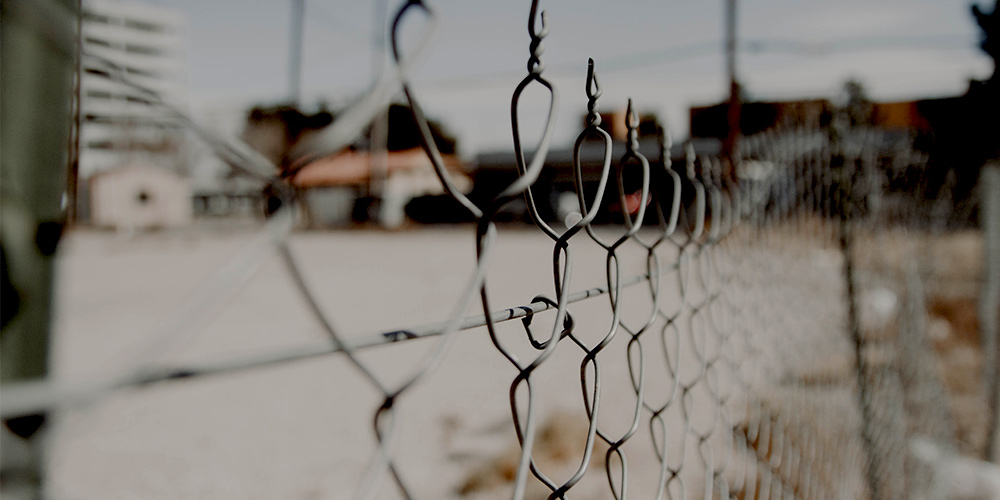
In LA County, four out of five young people in juvenile detention or probation have previously been referred to child welfare. Many are foster kids. They are not “delinquents,” and childhood trauma has lasting effects throughout their lives. Children involved in both the child welfare system and the juvenile justice system (sometimes called Dual System youth) are more likely to experience recidivism, unemployment, and homelessness as adults.
It takes a village to raise a child. At Reissa, we believe that when a child appears in court, the village needs to step up. It’s an opportunity to take care of that child, with the support to thrive and join the community as a healthy adult.
Foster kids have experienced the trauma not just of removal from their homes, but also from logistical and bureaucratic obstacles. These obstacles prevent foster kids from receiving the help the community has promised. Under the outdated model, the child welfare system and the juvenile justice system did not work together or consider these unique circumstances.
As a result, Dual System Youth face unique challenges:
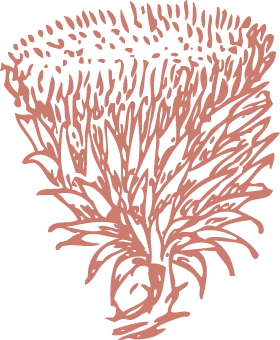
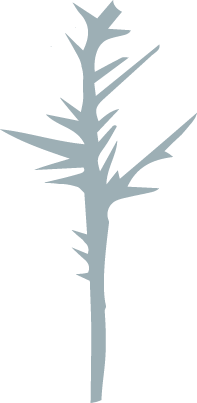

To bring about systems-level change for Dual System Youth, our grantmaking and knowledge sharing focuses on:
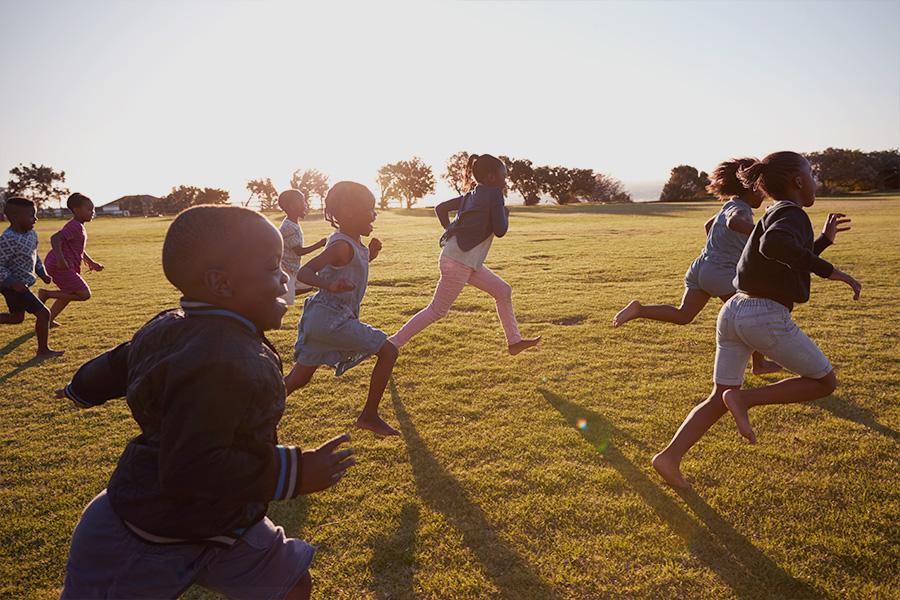
Funding Research
To better understand the needs of Crossover Youth, combat bias and provide more support.

Building Data Capacity
So people working in different jurisdictions – and their information systems – can share knowledge to improve interventions for Dual System Youth.
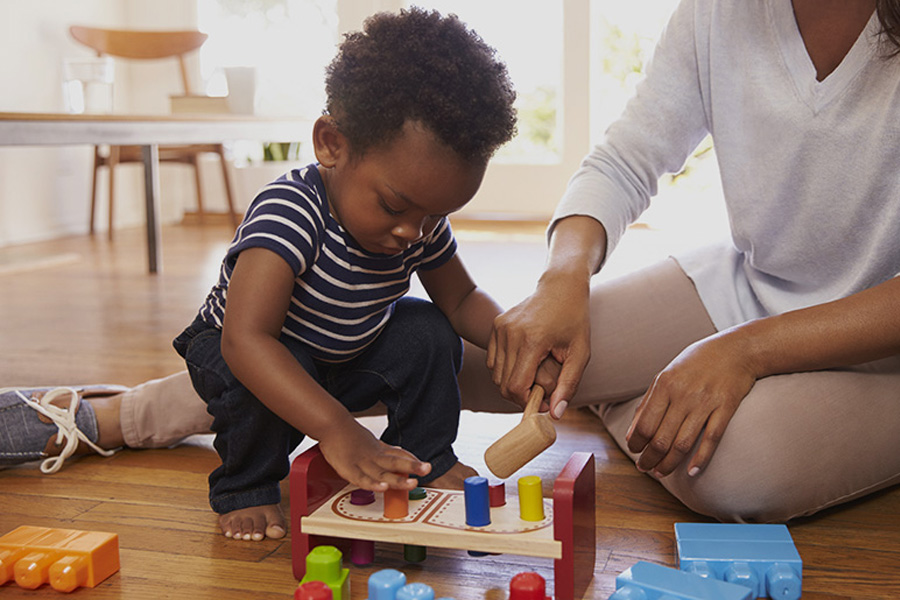
Supporting Programs and Evaluation
To raise awareness of Dual System Youth’s unique needs. To share knowledge on what works and what doesn’t, expanding trainings and legal support.
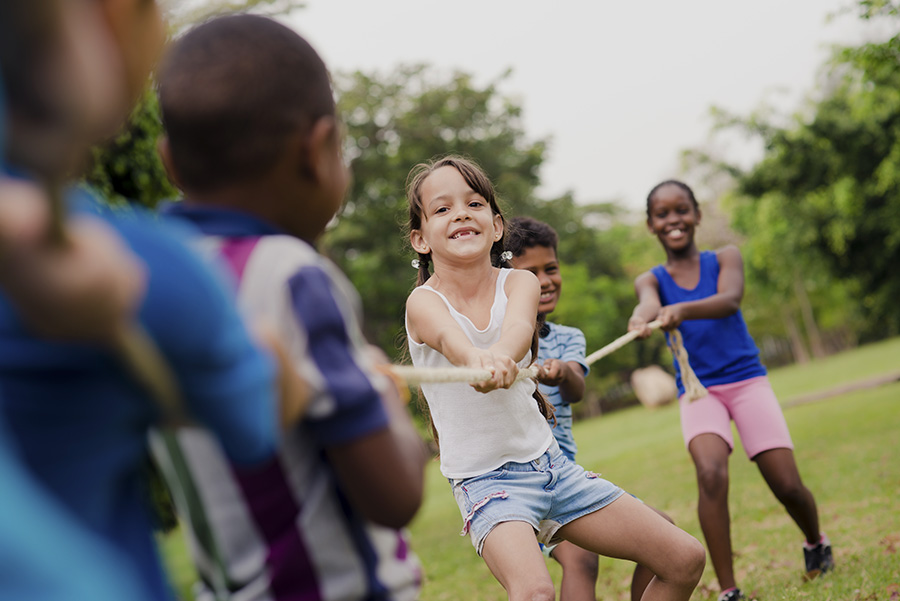
Influencing Policy
By making the case for supporting Dual System Youth, we can ensure continuity in services and help ensure faster, longer-lasting change.
APPLA Youth & Youth Voice
Family Urgent Response System, SILP, and Other Supports for Children and Youth in Foster Care and/or Dual System Youth